
Active Life – Health and Wellness Edition

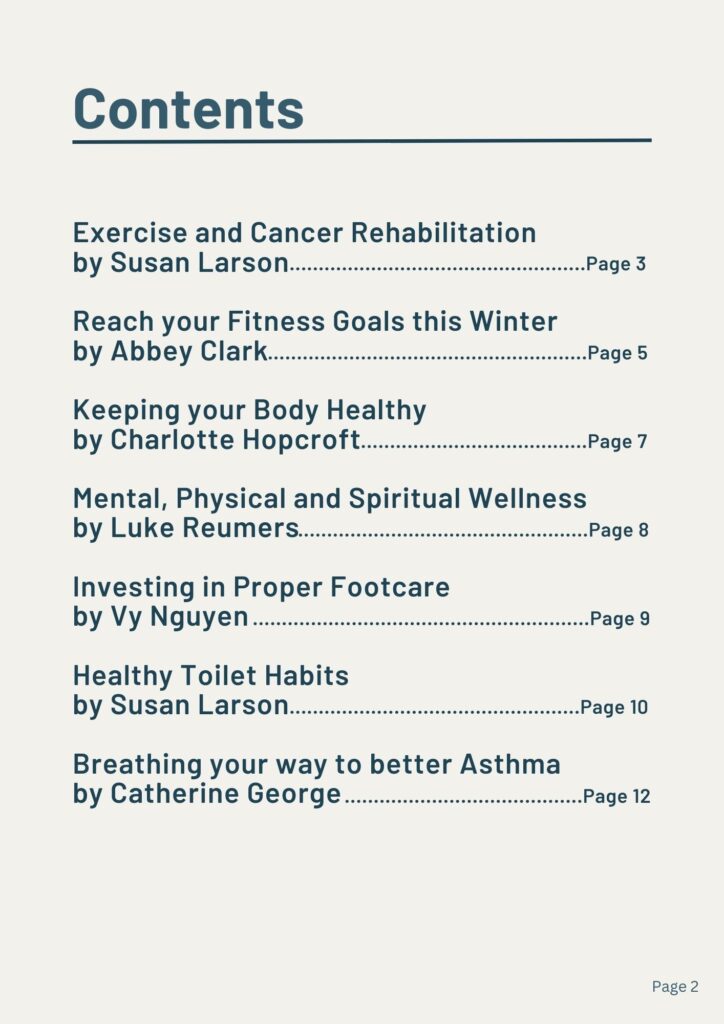

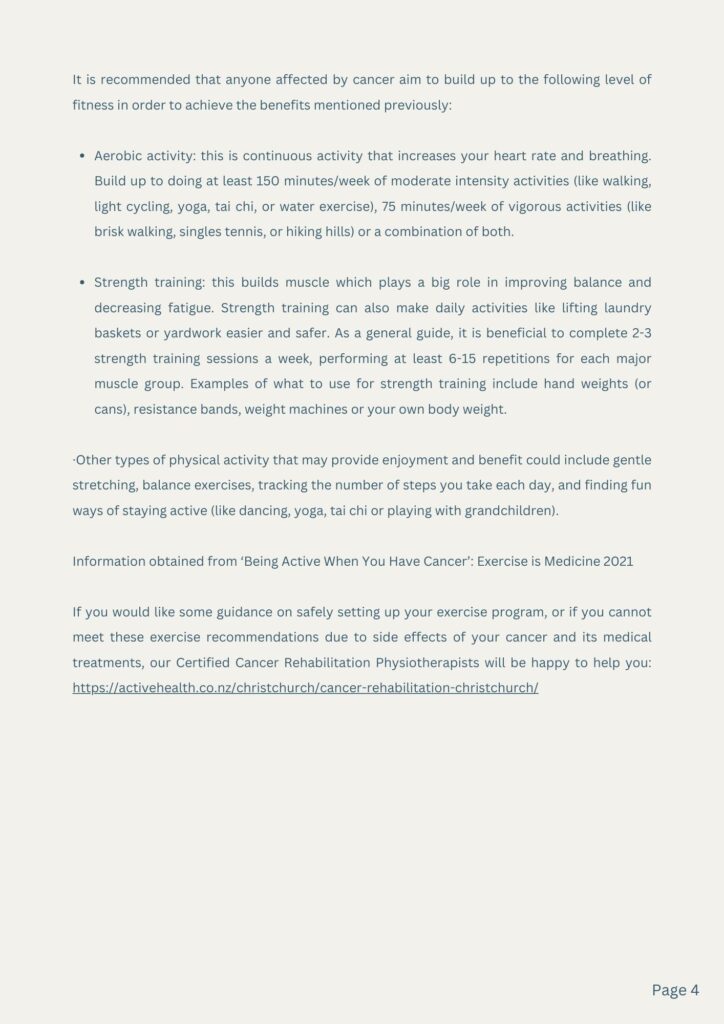

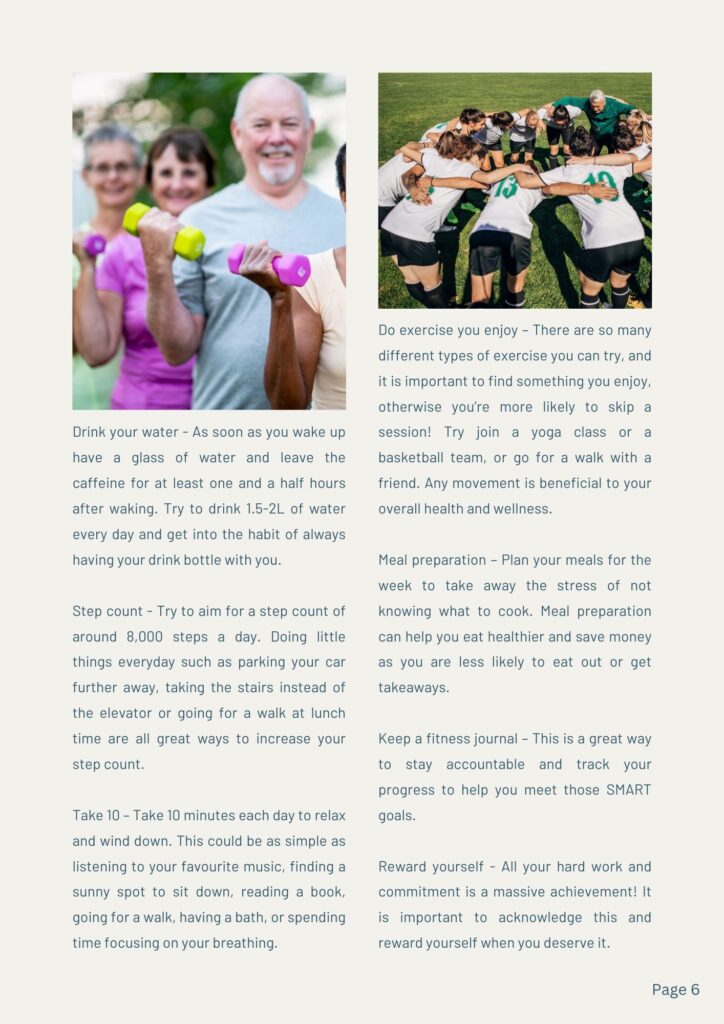
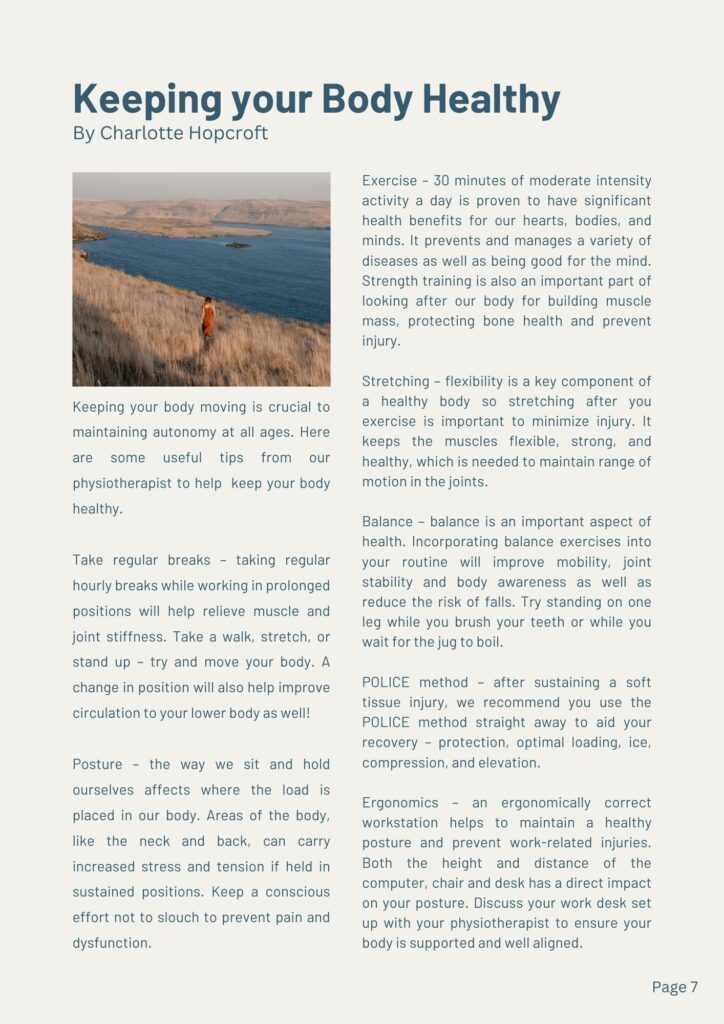

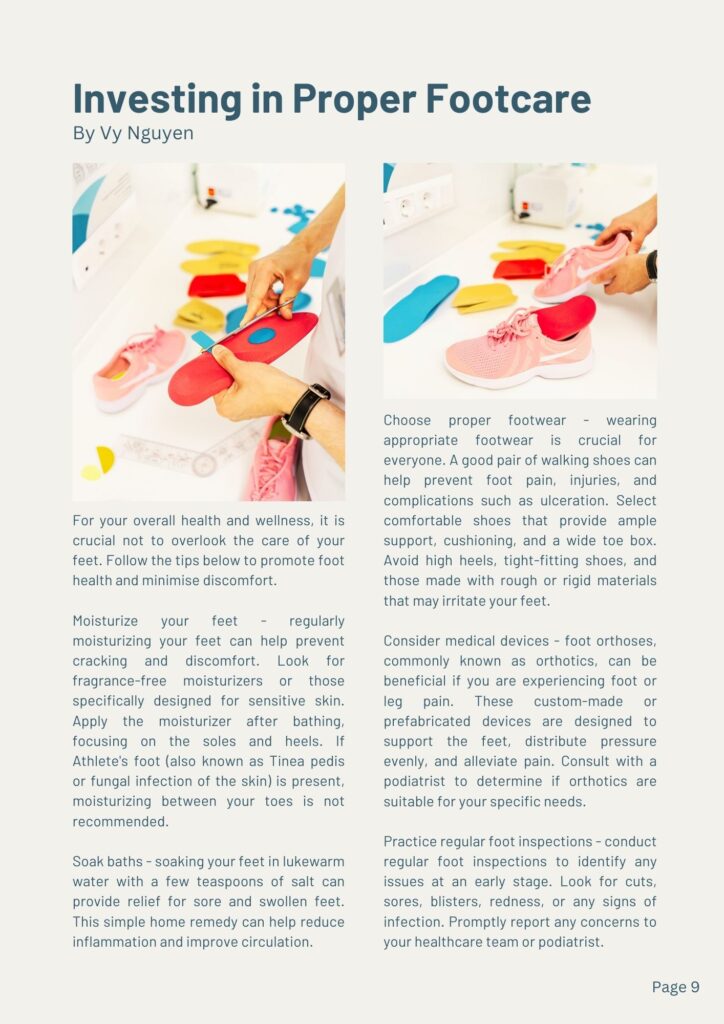
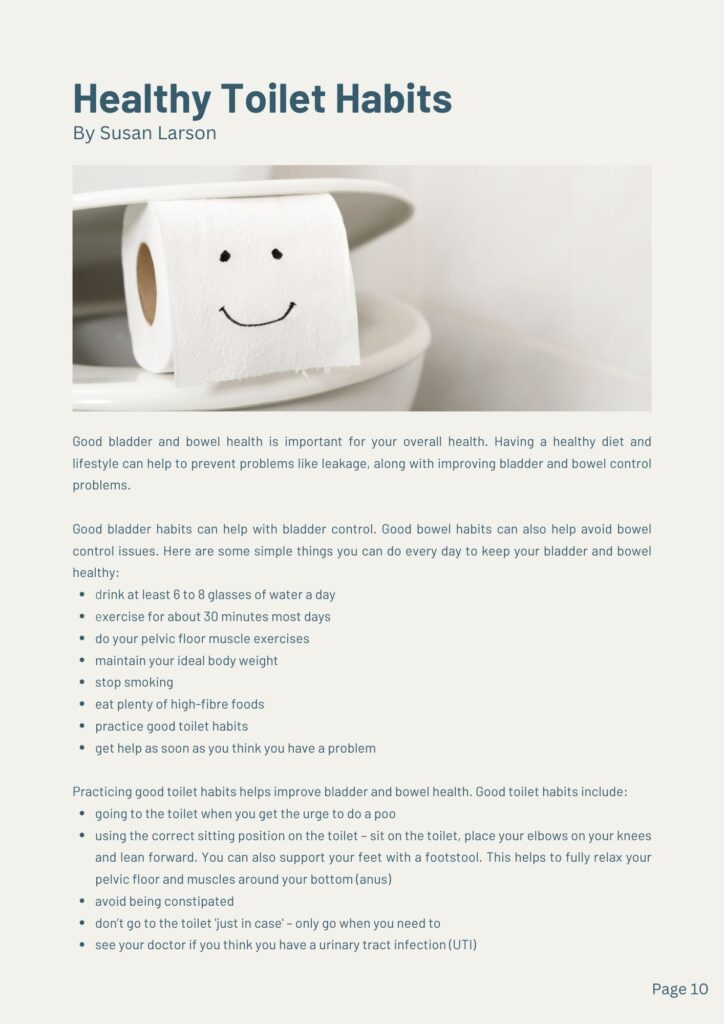

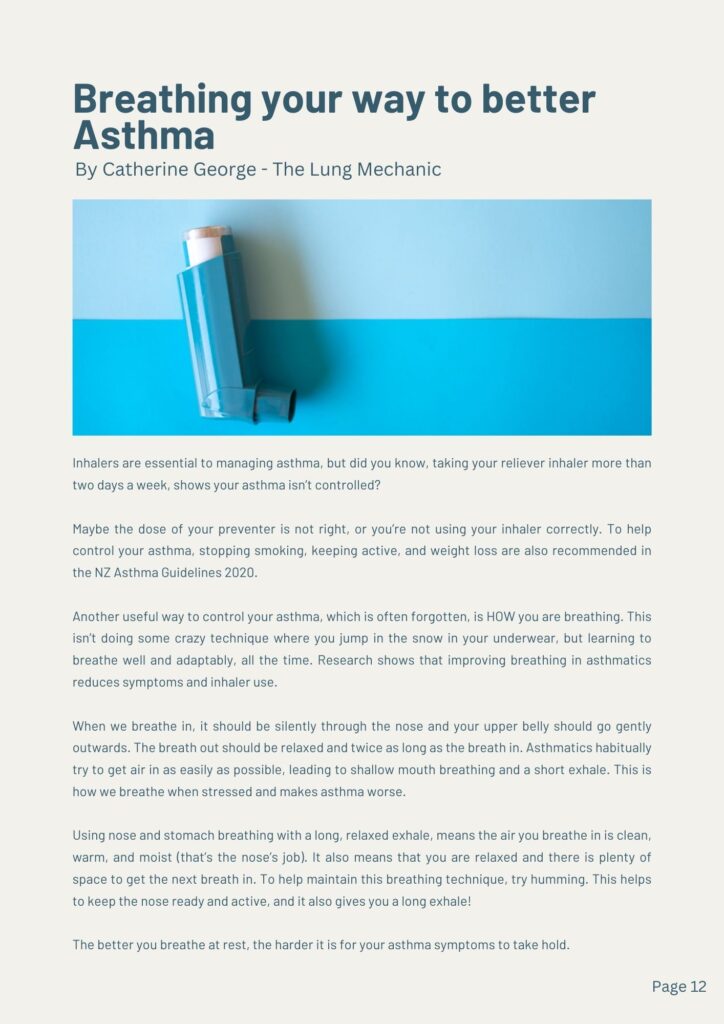
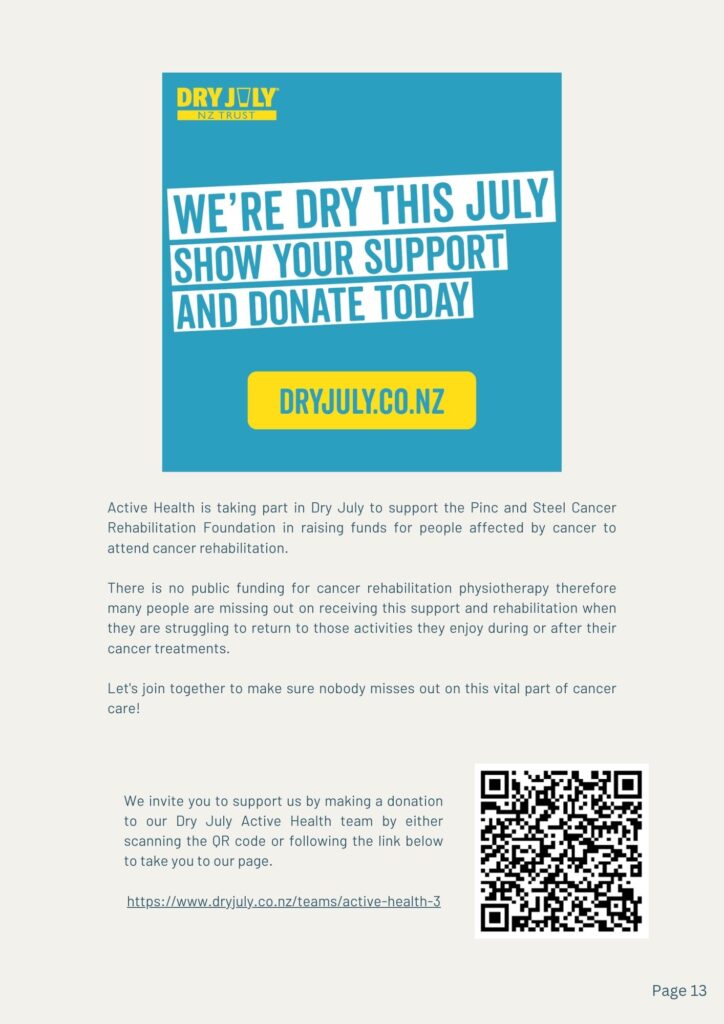















Inhalers are essential to managing asthma, but did you know, taking your reliever inhaler
more than two days a week, shows your asthma isn’t controlled.
Maybe the dose of your preventer is not right, or you’re not using your inhaler correctly.
Smoking cessation, keeping active and weight loss are also recommended in the NZ Asthma
Guidelines 2020.
What is often forgotten is HOW you are breathing. This isn’t doing some crazy technique
where you jump in the snow in your underwear, but learning to breathe well and adaptably,
all the time. Research shows that improving breathing in asthmatics reduces symptoms and
inhaler use.
When we breathe, it should be silently through the nose and your upper belly should go
gently outwards. The breath out should be relaxed and twice as long as the breath in.
Asthmatics habitually try to get air in as easily as possible, leading to shallow mouth
breathing and a short exhale. This is how we breathe when stressed and makes asthma
worse.
Thinking about nose/belly breathing and a long-controlled exhale means the air you breathe
in is clean, warm and moist (that’s the nose’s job), that you are relaxed and there is plenty of
space to get the next breath in. Try humming, this helps keep the nose ready and active, it
also gives you a long exhale!
The better you breathe at rest, the harder it is for your asthma symptoms to take hold.
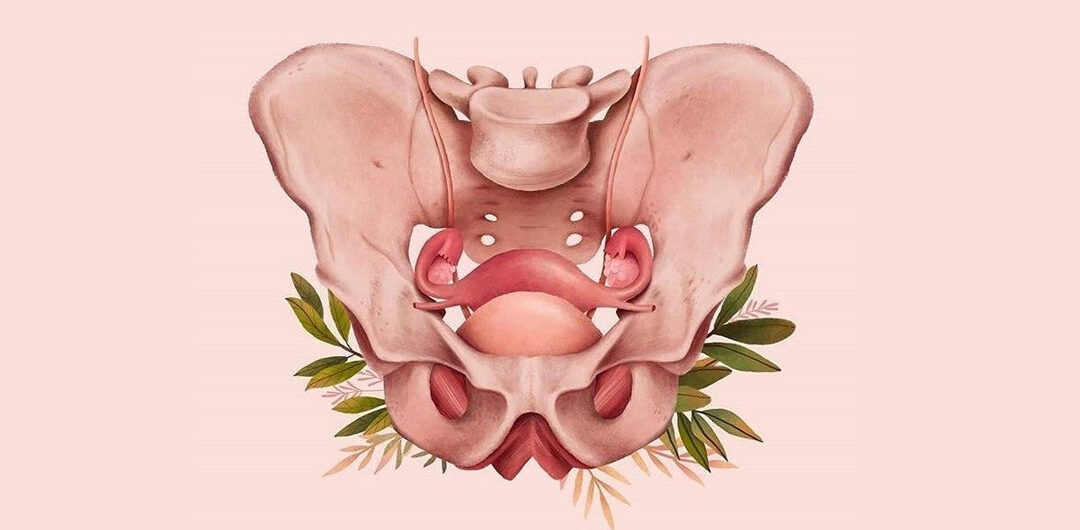

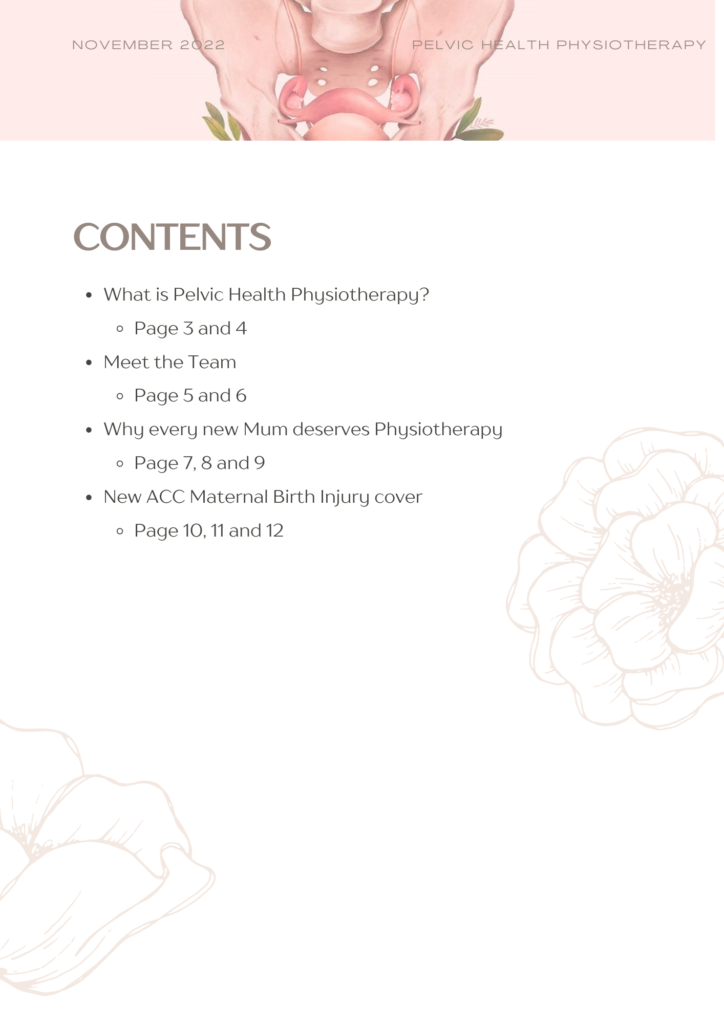
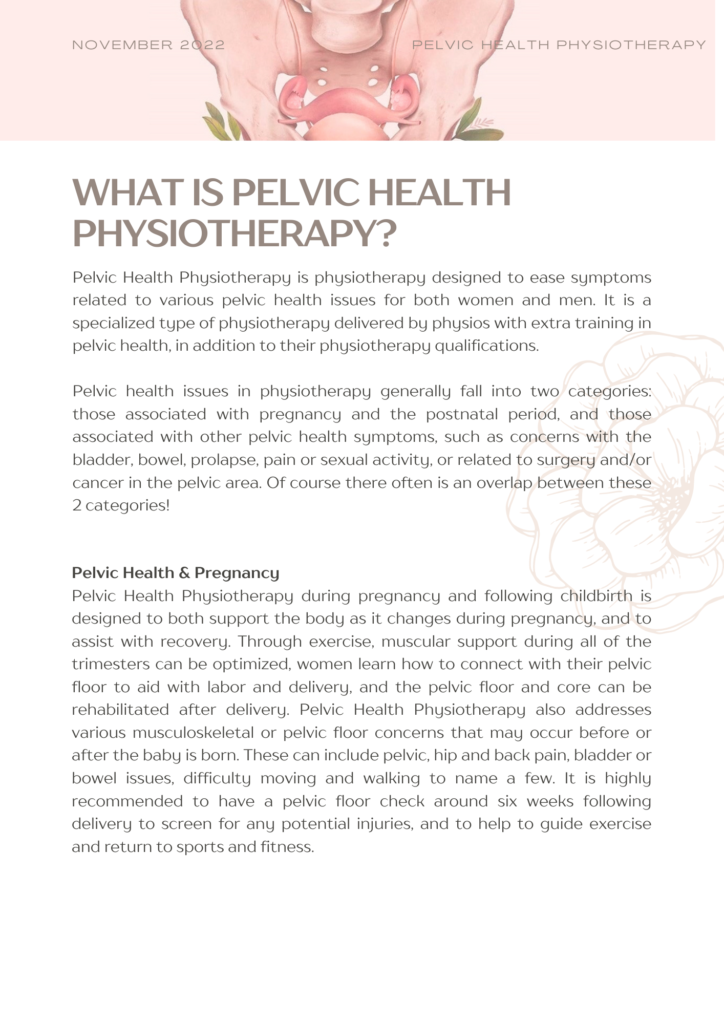


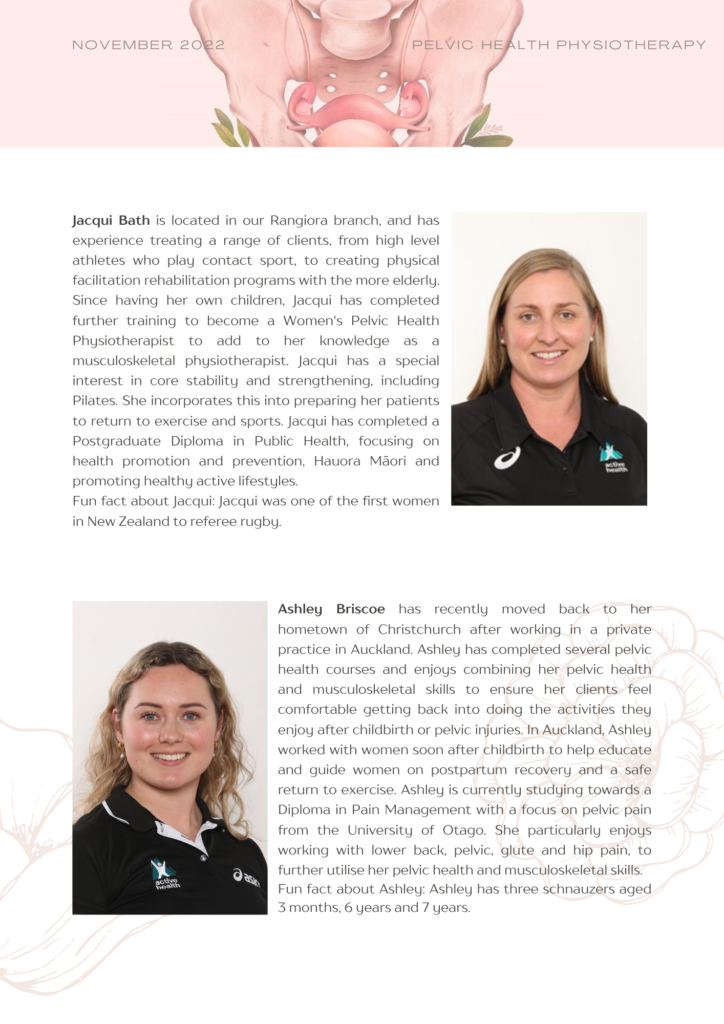

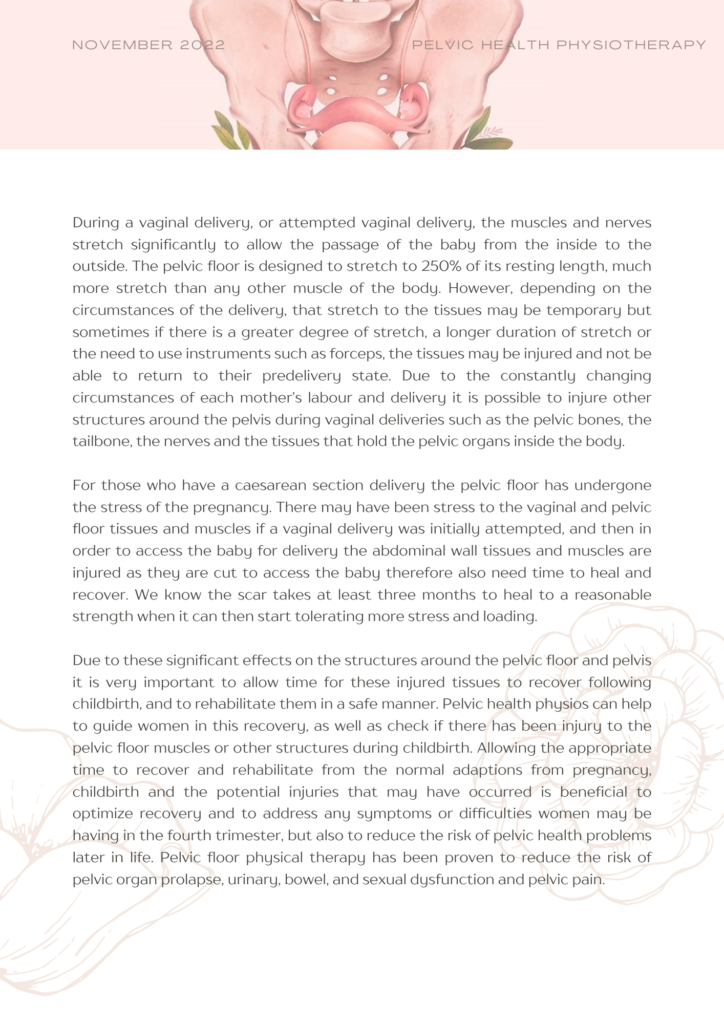
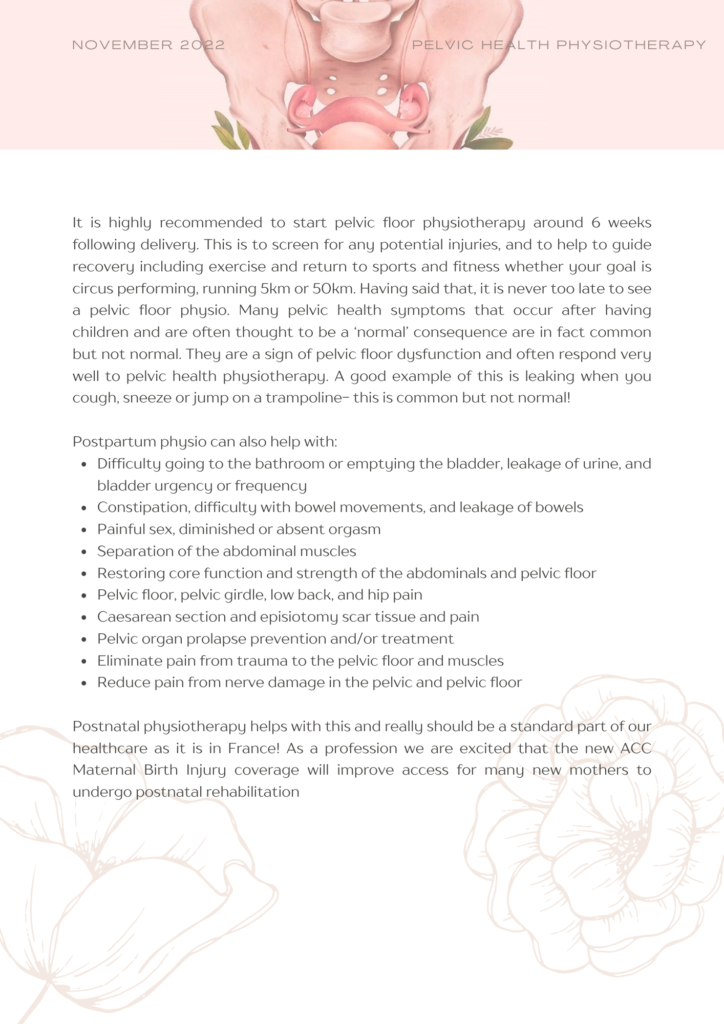
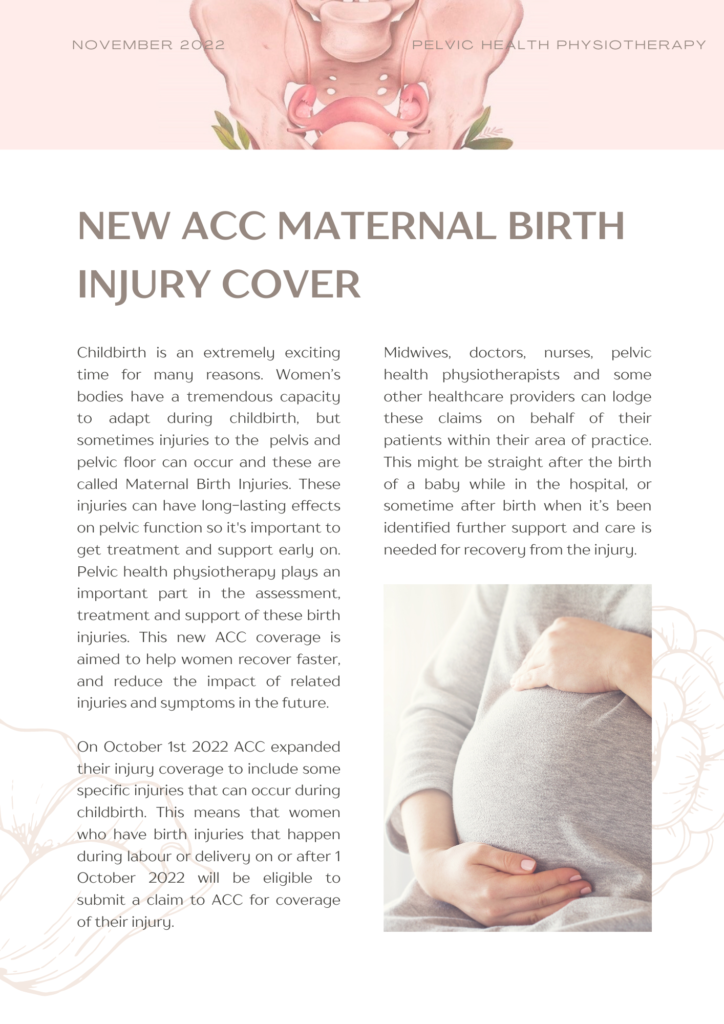

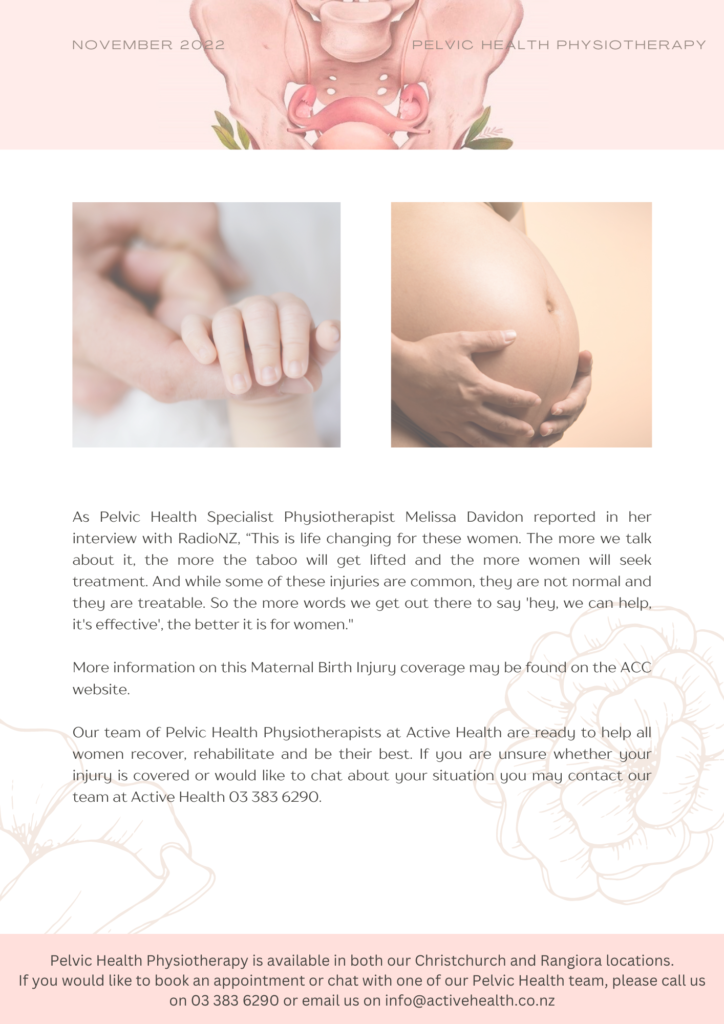

Your nose is your first line of defense to allergens, pollens, viruses and the cold air. As air
flows through your nose it goes to work filtering, warming and adding moisture to the air so
by the time it reaches your lungs it’s clean and at body temperature. The moisture ensures
the lungs function and can clear debris that does get through and inflate and function
optimally.
The other amazing factor is the production of nitric oxide (NO) in our sinuses (laughing gas!).
It doesn’t make you giggle but its effects are widespread and definitely promote wellness.
NO works as a sterilizer (anti-fungal, antiviral and antibacterial), it promotes the beating of
cilia – the cells that work like a Mexican wave to move your mucus around, reducing snotty
noses and postnasal drip. It acts as a vasodilator (opens the blood vessels) and breathing
against the increased resistance of small breathing tubes (compared to the mouth) opens up
your air scass – this leads to an overall increase in the amount of oxygen you can absorb –
up to 17-20% than through your mouth! NO also has anti-inflammatory effects.
This is all missed when you breathe through your mouth! You are more likely to feel calmer
as you slow your breath down and tell your body it’s safe believe it or not breathing through
your nose also improves your memory!!
My favorite saying is it’s as silly to breathe through your mouth as it is to eat through your
nose. People often tell me they can’t get enough air through their nose – this can be due to
issues within your nasal structure and sinuses but often is actually due to chronic mouth
breathing. The disuse leads to nasal stuffiness and a sensation of being blocked, so you
continue to mouth breathe worsening the situation.
So….. tuck your chin in, close your lips, let your teeth sit slightly apart, your tongue floats to
the roof of your mouth so it’s creating a small amount of suction, and is docked behind the
top teeth. Breathe silently and feel your head, neck and shoulders relax and enjoy the calm
and wellness.
Written by Catherine George, The Lung Mechanic
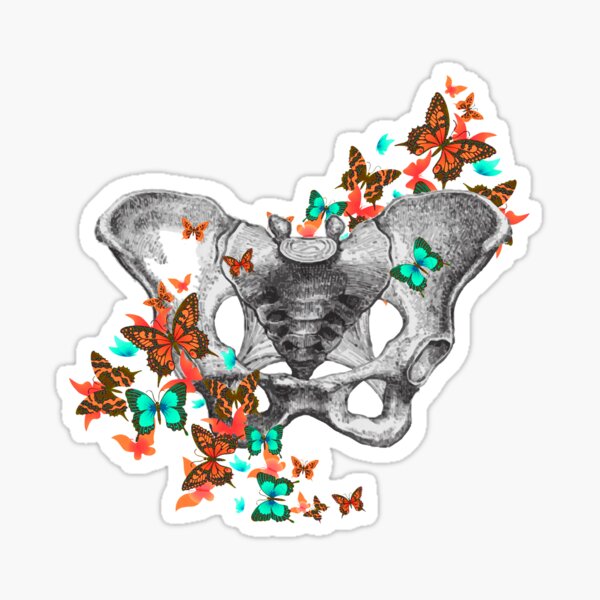

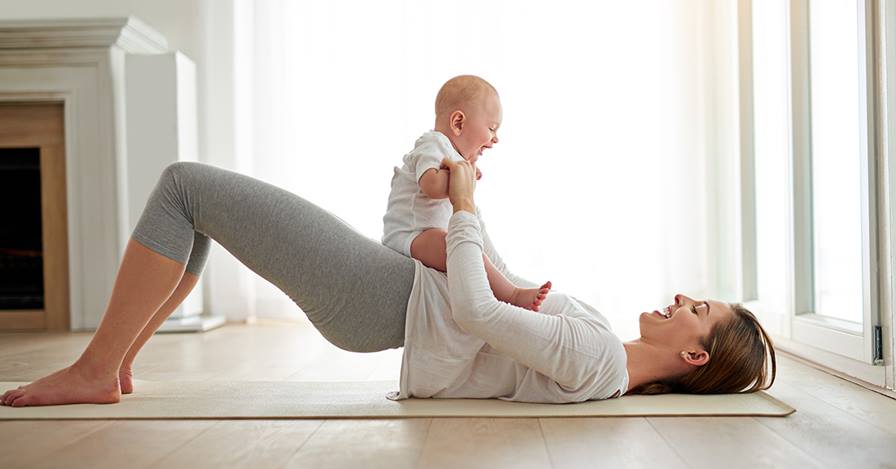


Recent Comments